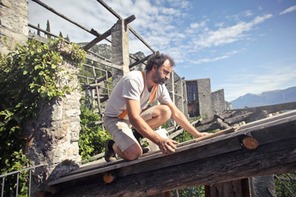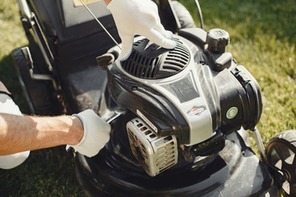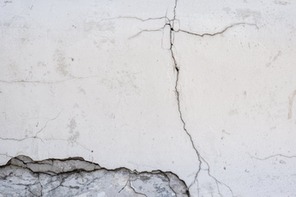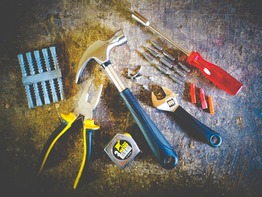- Local.Repair
- Blog
- How to Fix a Clogged Drain: DIY Methods
How to Fix a Clogged Drain: DIY Methods
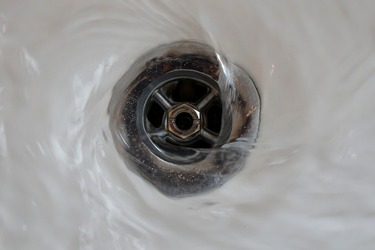
Dealing with a clogged drain is a common household issue that can be frustrating to tackle. Whether it's a kitchen sink, bathroom sink, or shower drain, a blockage can disrupt your daily routine and cause inconvenience. However, with a few DIY methods and tools, you can easily fix a clogged drain without the need to call a professional plumber. In this article, we will discuss various techniques and strategies to unclog drains effectively while also providing tips on preventing future clogs.
Identifying the Source of the Clog
Before attempting to unclog a drain, it's essential to identify the source of the blockage. In most cases, clogged drains are caused by a buildup of grease, food particles, hair, soap scum, or foreign objects that have been flushed down the drain. By knowing what is causing the blockage, you can determine the best method to unclog the drain and prevent it from reoccurring.
DIY Tools and Supplies for Unclogging
There are several DIY tools and supplies you can use to unclog a drain. A plunger is a common tool that can effectively break up a clog and remove it from the drain. Additionally, a drain snake or auger can be used to reach deeper clogs that are not accessible with a plunger. Other supplies like baking soda, vinegar, and hot water can also help break down blockages and keep drains flowing smoothly.
Step-by-Step Plunging Guide
Using a plunger is one of the easiest and most effective ways to unclog a drain. To plunge a drain, make sure there is enough water in the sink or tub to cover the plunger's cup. Place the plunger over the drain and push down and pull up quickly to create suction. Repeat this motion several times until the drain starts to flow freely. For stubborn clogs, you may need to repeat the plunging process multiple times.
Using Baking Soda and Vinegar
Another DIY method for unclogging drains is using a combination of baking soda and vinegar. Start by pouring half a cup of baking soda down the drain, followed by one cup of vinegar. Allow the mixture to fizz and bubble for about 15-20 minutes to break up the clog. Finally, flush the drain with hot water to wash away the blockage. This natural cleaning solution is safe for pipes and environmentally friendly.
Hot Water Flushing Technique
For minor clogs or maintenance purposes, flushing the drain with hot water can be an effective solution. Boil a pot of water and carefully pour it down the drain in a steady stream. The hot water can help melt away grease and soap scum that may be causing the blockage. Repeat this process a few times to thoroughly clean the drain and keep it clear of debris.
Homemade Drain Cleaner Recipes
If you prefer a more potent solution, you can make homemade drain cleaners using household ingredients. Mix equal parts of baking soda and salt, then pour it down the drain. Follow this mixture with a cup of vinegar to create a powerful foaming action that can break down tough clogs. Let the solution sit for at least an hour before flushing the drain with hot water. This homemade cleaner can be used regularly to prevent clogs.
Safely Removing Hair Build-Up
Hair is a common culprit for clogged drains, especially in the bathroom. To remove hair build-up, you can use a drain snake or tweezers to pull out the hair from the drain. Alternatively, you can make a DIY hair catcher by attaching a piece of wire mesh or a drain cover to the drain opening. This simple solution can prevent hair from going down the drain and causing blockages.
Preventing Future Clogs
To avoid dealing with clogged drains in the future, there are several preventive measures you can take. Avoid pouring grease, oils, or coffee grounds down the drain, as they can solidify and create blockages. Use drain covers to catch hair and debris before they go down the drain. Regularly flush drains with hot water to keep them clean and prevent buildup. By adopting these simple habits, you can maintain healthy, clog-free drains in your home.
When to Call a Professional Plumber
While DIY methods can be effective for unclogging drains, there are situations where it may be necessary to call a professional plumber. If you have tried multiple methods and the drain remains clogged, or if you suspect a more significant issue like a broken pipe, it's best to seek professional help. Plumbers have the expertise and tools to diagnose and fix complex drain problems efficiently, saving you time and hassle.
===
By following these DIY methods and tips for unclogging drains, you can quickly and effectively resolve blockages in your plumbing system. From using simple tools like plungers and baking soda to adopting preventive measures, you can keep your drains flowing smoothly and prevent future clogs. Remember to always identify the source of the clog before choosing a method to unclog the drain, and don't hesitate to call a professional plumber for more stubborn or complex issues. With these strategies in mind, you can maintain a healthy and functional plumbing system in your home.
